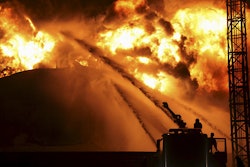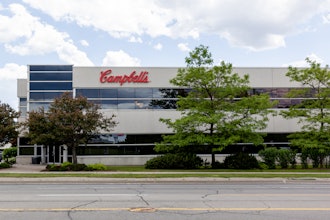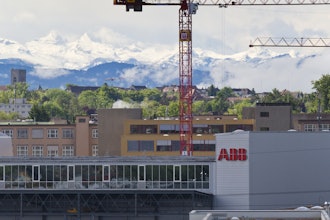Rupture discs are an easily neglected, but crucial element to any chemical processing facility. As part of the first line of defense against a damaging and potentially dangerous system malfunction, proper attention paid can save both money and time.
A surprising number of plants are still using technology from the 1940s that simply can't live up to the productivity needs of today's facilities, but an "if it ain't broke, don't fix it" mentality has left many plants in a state of reaction instead of prevention when it comes to their rupture discs. Frequent replacement can be costly, in terms of both product and downtime, and discs that are no longer suitable for their applications pose both physical and financial risks for those in the plant and the company as a whole.
When plants change hands, many details can fall through the cracks, including a complex system of rupture discs. Over time, they are painted or rusted over and passed by every day without much notice. Details are lost as personnel changes on the floor disrupt the flow of information and new vessels are brought in without taking into account the corresponding discs. Eventually, as discs begin to rupture prematurely, the workers on the floor notice that there is a problem. Placing more and more emergency orders for new discs is a tell-tale sign that there is a more widespread problem. Once someone notices an issue with the discs on the floor, then the question becomes: where else are we not up to code?
Unfortunately, it is rarely feasible for a facility to commit their workers to the days- or weeks-long job of collecting and organizing the information from all the rupture discs in the plant. The average plant floor worker lacks the expertise — and more importantly, the time — to do the job. Just organizing the process by which a plant would undertake a survey in-house could take as long as bringing in an outside team to collect the information. Additionally, any time the entire plant, or any part of it, has to spend shut down for an in-house survey means money lost.
If the issue goes unnoticed on the floor, or simply can't be dealt with beyond a case-by-case basis, it will likely not go unnoticed by inspectors. Once a plant is cited with rupture disc-related violations and it has to undertake reactionary replacements, it becomes apparent that there is no one who knows the details of each installation or whether it is up to code or performing at optimum efficiency. For the sake of the business, and the health of everyone who works in the plant, the situation has to be remedied.
One solution to this potentially overwhelming problem is to bring in experts to conduct a review of a facility's rupture discs. Oseco offers plant reviews to help organize and streamline a plant's rupture disc inventory. Their specialists will collect data on each rupture disc setup, noting the maximum absolute working pressure of the connected vessels, the maker, size, type, burst pressure and temperature, as well as the installation and tagging of the setup. All of those details from each rupture disc is organized into a spreadsheet, which the company can then use to keep track of their installations and share with OSHA and ASME to help speed the inspection process and avoid future violations. Oseco will also provide the facility with recommendations on how to improve overall performance with up to date rupture discs to replace old technology. A review will also point out instances where a plant's rupture disc inventory can be reduced by consolidating discs for applications where the size, pressure and temperature needs are similar.
Whether as part of a regular maintenance schedule or as the solution to a growing problem, a full review and organization of the rupture disc systems can only benefit a plant's operations. Time and money can be saved by paring down inventory, avoiding code violations and avoiding costly shutdown situations.



















